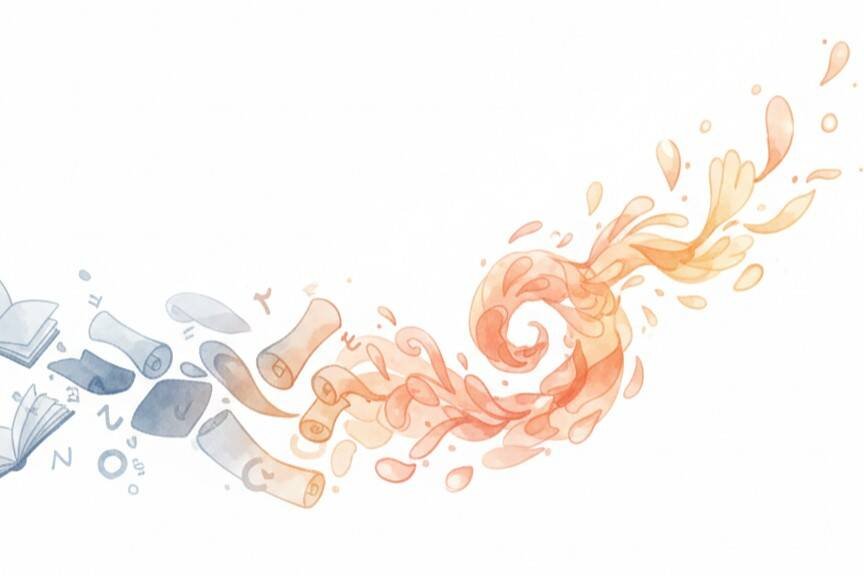Visit to the “Glimpses of Courtly Splendour” exhibition
[slideshow=80]
The relationship between India and Arab world is not new neither for the historians nor the commoners. The bond dates even before the advent of Islam on Arabian sands. Each has fascinated the other showcasing the best of past and present.
The Sharjah Museum of Islamic Civilisation has arranged a unique opportunity to see the historic treasures from the Salar Jung museum from the antic town of Hyderabad from South India.
The “Glimpses of Courtly Splendour” exhibition sheds light into the lives of the kings and nobles of the 18-20th century era. The show has already attracted several residents and tourists who are eager to know more about the palatial lives of Nizams.
Among the relics, is a hand written manuscript of the Persian sufi masterpiece, Masnavi of Jalaluddin Rumi. A copy of the Burdah Shareef us also seen. These two works have been dear to Indian Muslims especially and continues to have a large audience till date.
While about to return from the show, a tourist couple from US asked me about the Muslims statistics in India. The lady was curious how she could identify Indian Muslims by their attire. I replied that it was not easy.
The national symbols of India are largely contributions of Muslim rule. Delhi, the present capital, was a Muslim choice. Red fort where the Indian Independence Day celebrations are held is a Muslim engineering. Taj Mahal, one of the Seven Wonders of the World, was a Muslim’s dream of love.
Muslim rule has prevailed in India for around 800 years. Yet the spirit of diversity and tolerance has only grown further. Harmony has faired relatively better considering the multi ethnic and religious affiliations.
The tourist enquired again: ‘Why is there so much fighting in the Middle East who speak the same language and share a common religion?’
I smiled and bid farewell. Some questions are better left unanswered. Others may know better.
Dec 22 2010
Mujeeb Jaihoon
Mujeeb Jaihoon, reputed Indian author, explores themes of universal love, deeply embedded in a disruptive spiritual worldview.
Related Posts
Dec 09 2025
Attention: The Hottest Commodity in Town and How to Reclaim It
Learn why attention is the new gold for corporations. Discover digital habits…
Dec 05 2025
The Rise and Reign of the Corporate Persona: Deception, Power, and the Myth of Brand Identity
How popular media complicity turbo-charge the corporate persona, which…
Nov 28 2025
The Market and Media’s Delulu Saga: Unpacking the Cinematics Behind Economic Boom and Bubble Bursts
Mujeeb Jaihoon traces the unholy alliance between the two actors in a…
Nov 27 2025
Character: The Trophy of Education
Education, be it sacred or secular, is everything but itself if it does not…



